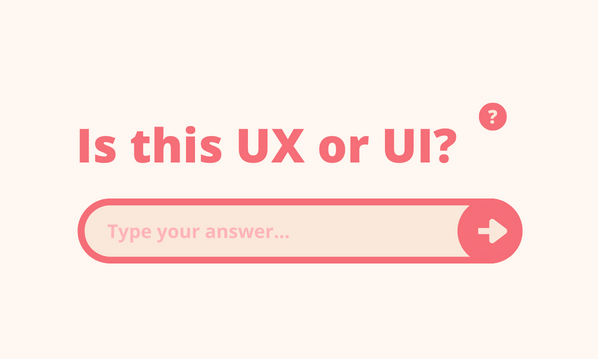
In the early days of the internet, building even simple websites required a high level of technical knowhow. Later, web design software was developed that simplified the process.
Even so, it was still necessary to have a good knowledge of HTML, the language that forms the basic building blocks of a website – so that the website operated reliably and pages linked together correctly.
DIY design packages
These days, if you want to build your own website there are plenty of design programs available online – some of them free. These programs allow anyone to design a straightforward, basic website.
If you’re completely unfamiliar with how a website is put together, it might be a good idea to go for a WYSIWYG web design program. WYSIWYG stands for ‘what you see is what you get’ – in other words, you can see exactly what your website is going to look like, on the screen as you build it.
Knowing your limitations
You can build a more complicated website, eg one that allows people to buy your products and services online, using specialised WYSIWYG software. However, you won’t be able to adapt the software to suit your own specific requirements.
To do this you’d need, at the very least, training in writing and using HTML.
The risk with trying to build a complex site without the necessary skills is that the site will be unreliable or unattractive, which will reflect badly on your business.
Sites which are large and complex, perhaps including video or audio, or which need to be heavily customised, are probably best left to people who have the right expertise and experience.
Investing in professional help
As with so many things in business, there is a level at which it pays to use professionals rather than doing it yourself. This may be because the end result is simply better and more reliable, or that doing it yourself is time consuming and diverts you away from what you are good at.





